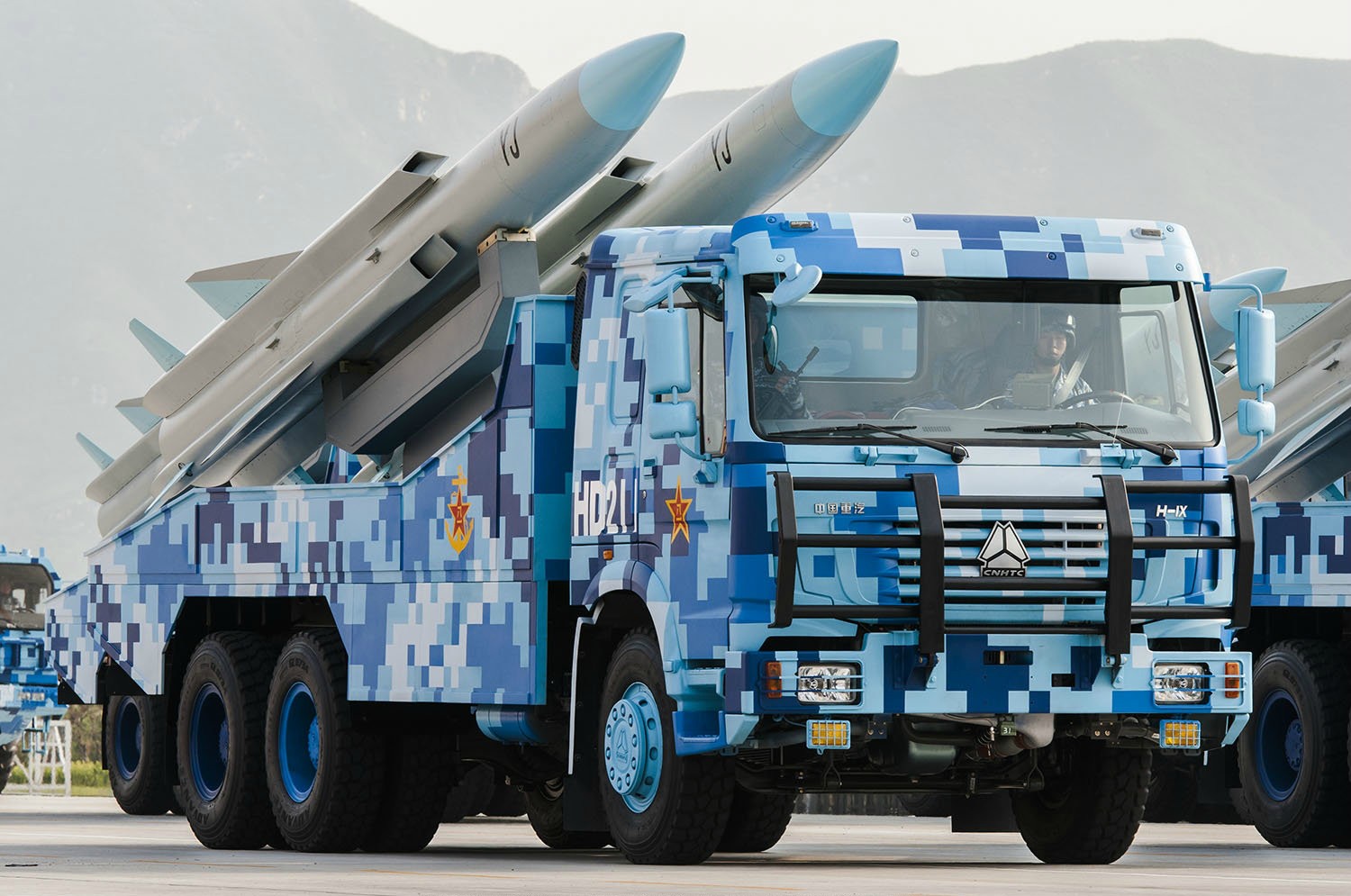This content is restricted to site members. If you are an existing user, please log in. New users may register below.
Bangladesh’s Asymmetric Naval Warfare Strategy Against India

Reading Time: 8 minutes Table of Contents Executive Summary Introduction Strategic Context and Assumptions Ukraine’s Success Against Russia: Lessons in Naval Asymmetry 4.1 Summary of Ukrainian Naval Strikes 4.2 Strike Table: Russian Fleet Losses (2025 Update) Indian Naval and Merchant Assets in Bay of Bengal 5.1 Major Naval Combatants 5.2 Civilian Maritime Infrastructure and Shipping 5.3 High-Value Targets (HVTs) Threat Matrix: Asymmetric Methods vs Indian Assets 6.1 USVs, Mines, Drones, Sabotage, ASCM Applications 6.2 Strategic Impact Score vs Probability of Success Bangladesh Air Force SEAD/DEAD Doctrine with YJ-91A on J-10CE 7.1 Missile Capability Overview 7.2 Integration and Operational Role 7.3 Key Target Sets in IAF/Indian Navy 7.4 Doctrine: Wild Weasel and Multi-axis Strikes Combined Strategic Outlook: Naval and Aerial Asymmetry 8.1 Disruption Strategy in Bay of Bengal 8.2 Pre-emptive Air Denial with SEAD/DEAD Assets 8.3 Drone Integration: TB2 + SEAD Synergy 8.4 Midget Submarines, Coastal Missiles, and GMLRS Integration SWADS

